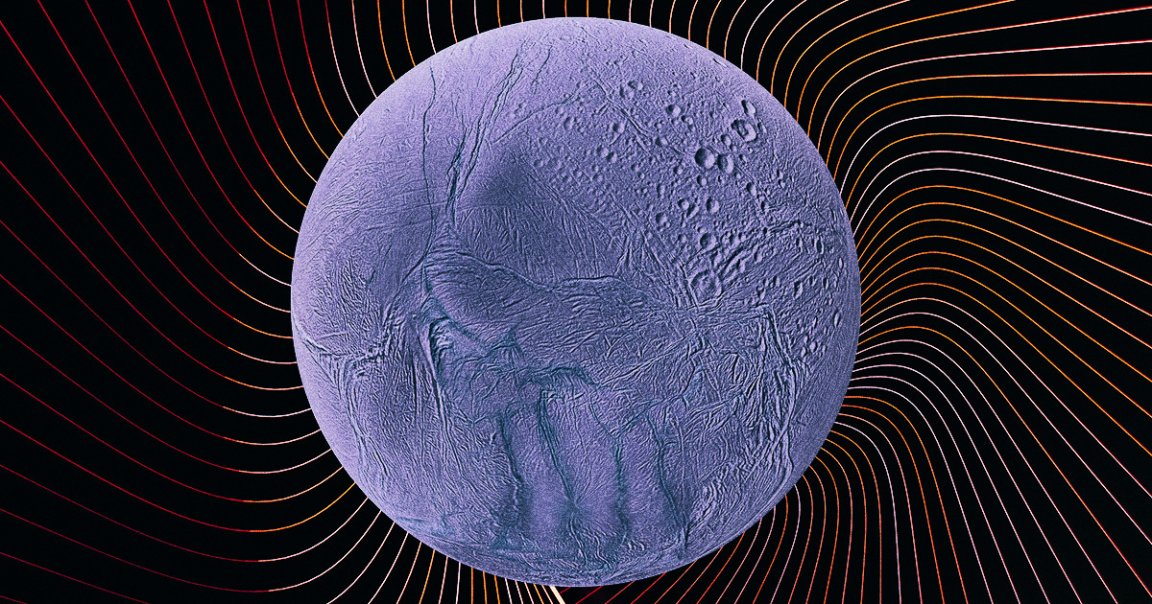
Herbs and Spices
A breakthrough new study appears to confirm that Enceladus — an icy, 300 miles-in-diameter moon that orbits Saturn — contains all of the six major ingredients for life, leading scientists to believe that the intriguing Saturnine satellite might indeed be habitable.
As The Wall Street Journal reports, scientists have been intrigued by Enceladus for years now, as previous studies had shown the presence of five of the six major building blocks of life: carbon, hydrogen, nitrogen, oxygen, and sulfur. Phosphorous, however — the sixth element essential for all known life — was nowhere to be found.
Until now, that is. According to this new research, by an international team of researchers and published in the journal Nature on Wednesday, phosphorous is located on the moon after all, found in the form of phosphate and buried deep in Encelades’ salty subsurface oceans.
“Life as we know it doesn’t operate without it,” Christopher Glein, a geochemist from the Southwest Research Institute in San Antonio and a study co-author, told the WSJ of the now-not-missing element. “It is absolutely critical to your DNA.”
Juice World
Detecting the phosphate was a fairly tall order, as Encelades’ element-rich ocean is trapped beneath roughly 30-mile-deep sheets of frozen ice.
But as the WSJ notes, geysers at the Moon’s South Pole are known to blast plumes containing icy material from that ocean into the Moon’s surrounding orbit. And excitingly, before it death-dove into Saturn’s atmosphere back in 2017, NASA’s since-departed Cassini spacecraft had actually gathered some samples of this geyser-rocketed ocean matter.
The researchers were able to analyze roughly 1,000 samples of said geyser spittle, and of those thousand or so samples, nine contained phosphate.
“This is the final [study] saying, ‘Yes, Enceladus does have all of the ingredients that typical Earth life would need to live and that the ocean there is habitable for life as we know it,” NASA Jet Propulsion Laboratory chemist Morgan Cable, who was not involved in the new research, told the WSJ, adding that while the discovery doesn’t necessarily mean that there’s life currently on Enceladus, it means it could potentially host it.
“The next step is to figure out if indeed it is inhabited, and it is going to take a future mission to answer that question,” Cable continued. “But this is exciting, because it makes Enceladus an even more compelling destination to go and do that kind of search.”
More on Enceladus: NASA Tests Snake Robot Designed to Look for Alien Life on Icy Moons